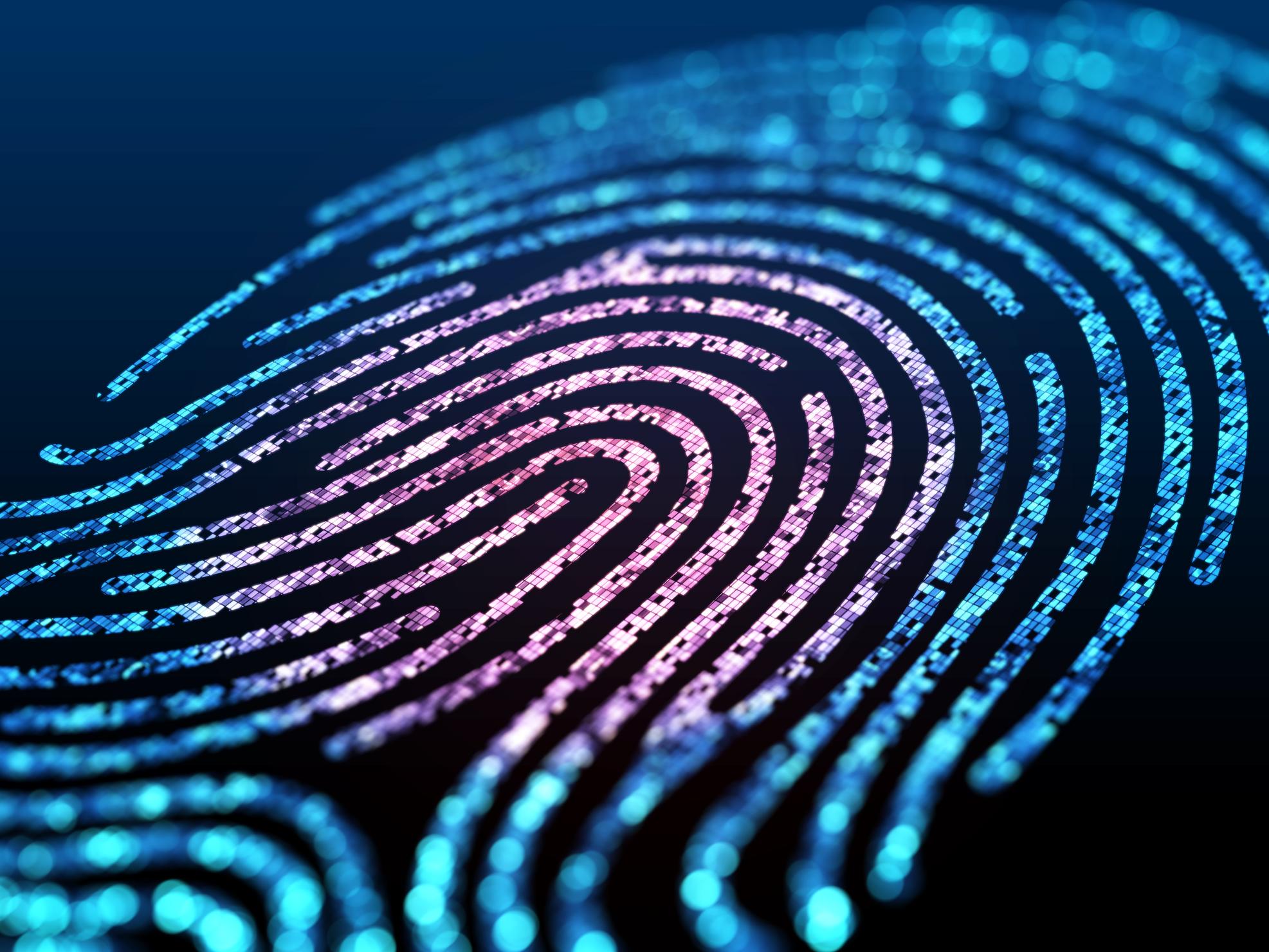
Brian Sims
Editor

Brian Sims
Editor
THE FINGERMARK Visualisation Manual has been updated by the Defence Science and Technology Laboratory on behalf of the Home Office and, for the first time, is being published on the UK Government’s website to enable free and open access for the global forensic community, including members of academia and industry.

In a world of rapidly evolving crime types and emerging forensic science disciplines, the visualisation and identification of fingermarks remains essential to the recovery of key evidence from crime scenes. The updated manual contains a wealth of new material and provides law enforcement forensic practitioners with the critical information needed to maximise fingermark recovery in order to aid criminal investigations.
Key changes
The key changes included in the Fingermark Visualisation Manual’s Second Edition are as follows:
*new technical developments such as the use of Indandione, Longwave Ultraviolet (UVA) Reflection and MALDI-MS, reflected in updates to charts and processes
*updated Best Practice guidance
*updated Health and Safety information
*improvements to the layout and text
*supporting standards and accreditation
Accreditation to ISO 17025 is now well established within fingerprint laboratories, while crime scene activities (including fingermark recovery) are now required to be accredited to that same standard.
Although the Fingermark Visualisation Manual isn’t designed to be a guide to accreditation, it does align with its aims and supports organisations pursuing and maintaining the required standards.
Indeed, the document continues to provide comprehensive information and guidance to assist with effective fingermark visualisation, beginning with the basics and moving through to complex situations and advanced methods.
A ‘First to Second Edition Technical Changes’-focused document has been published alongside the Fingermark Visualisation Manual to support accreditation requirements by providing an audit log of the revised content.
Rich basis in R&D
The information contained within the Fingermark Visualisation Manual is underpinned by decades of Home Office-funded R&D conducted by the authors with support from – and collaborations involving – UK and international colleagues.
The updated Fingermark Visualisation Source Book (v3.0) published alongside the updated Fingermark Visualisation Manual includes details of the scientific theory behind each process, validation work conducted by the authors prior to operational implementation and the supporting literature.
Through publishing the Fingermark Visualisation Manual and its associated material on GOV.UK, the Government continues to promote the UK as a world-leader in the discipline of forensic science and supports the ambition to make scientific research (and its dissemination) more open and accessible, with benefits for authors, researchers, funding bodies and the wider education sector.
Leading source of knowledge
Gary Pugh OBE, the Forensic Science Regulator, said: “The UK’s Fingermark Visualisation Manual is renowned around the world as a leading source of knowledge of the underpinning science and practical guidance on the development of fingerprint ridge detail in the investigation of crime and the administration of justice.”
Pugh continued: “Since the publication of the First Edition in 2014, the scientists who contributed to the First Edition and to this Second Edition have provided invaluable and crucial advice to those organisations who undertake fingermark visualisation. This support is critical for gaining accreditation to accepted international standards and compliance with the Forensic Science Regulator’s Codes of Practice and Conduct.”